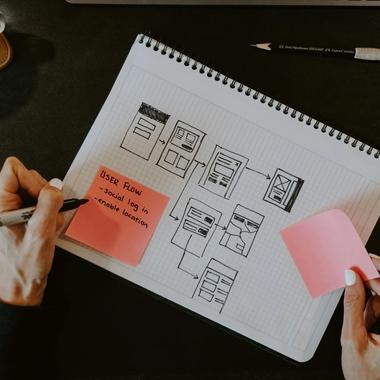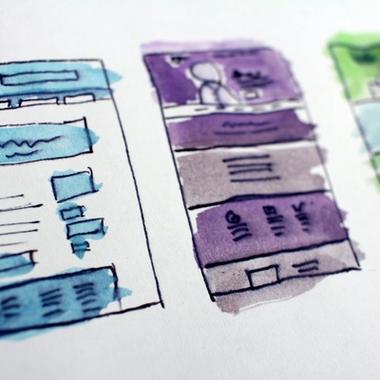The world is moving fast. Technology is evolving, expectations are growing, and the conversation around accessibility is no longer optional; it's essential. Whether you're building a mobile banking app, a travel companion, or a retail platform, designing for inclusivity is no longer a box to tick. It's a mindset shift. One that not only makes your product usable for more people, but also protects your business, future-proofs your product, and - most importantly - helps create a better, more equitable digital world.
At The Distance, we believe accessible app development is good app development. And as we look ahead, it's clear that accessibility will only become more integrated into the fabric of design, development, and regulation. Here's where the future is headed and how you can keep up.






